Home>Furniture & Design>Bathroom Accessories>Do You Leave A Shower Curtain When Moving


Bathroom Accessories
Do You Leave A Shower Curtain When Moving
Modified: February 18, 2024
When moving, it's best to leave a shower curtain to maintain the bathroom's functionality and aesthetics. Explore our range of bathroom accessories for your new home.
(Many of the links in this article redirect to a specific reviewed product. Your purchase of these products through affiliate links helps to generate commission for Storables.com, at no extra cost. Learn more)
Introduction
When it comes to moving out of a rental property, there are numerous decisions to make, from packing up belongings to cleaning the space for the next occupants. Among these decisions is whether to leave behind certain fixtures and accessories, such as a shower curtain. This seemingly simple item can spark a debate among renters and landlords alike. Should you leave the shower curtain behind, or is it better to take it with you? This article will delve into the considerations and implications of leaving or taking a shower curtain when moving, providing valuable insights to help you make an informed decision.
Key Takeaways:
- Consider leaving a clean shower curtain when moving to save time, money, and contribute to a smooth transition for the next tenant. It’s a thoughtful and practical gesture that benefits everyone involved.
- If you decide to take the shower curtain with you, make sure it’s clean and consider providing a replacement for the next tenant. Approach the process with care and consideration to ensure a smooth transition for all parties.
Read more: Do You Have To Leave Curtains When You Move
Why You Should Consider Leaving a Shower Curtain
Leaving a shower curtain behind when moving out of a rental property can offer several benefits for both the departing tenant and the incoming occupant. Here are compelling reasons to consider leaving a shower curtain:
-
Convenience for the Next Occupant: By leaving a clean and functional shower curtain in place, you can provide a convenient and ready-to-use amenity for the next tenant. This small gesture can contribute to a positive transition for the new resident, especially if they are moving into the property immediately after your departure.
-
Cost Savings for the Landlord or Next Tenant: Shower curtains are essential bathroom accessories, and purchasing a new one can add to the initial expenses for the next occupant. By leaving a well-maintained shower curtain behind, you can potentially save the new tenant or the landlord the hassle and cost of acquiring a new one.
-
Enhanced Property Appeal: A clean and visually appealing shower curtain can enhance the overall presentation of the bathroom. This can be particularly advantageous if you are looking to leave a positive impression on the landlord or if you are hoping to attract potential renters if you are the property owner.
-
Environmental Considerations: In the spirit of sustainability, leaving a functional shower curtain behind can contribute to reducing waste. Instead of discarding a perfectly usable item, you can extend its lifespan by leaving it for the next occupant to use.
-
Time-Saving for Yourself: When preparing for a move, every minute counts. Leaving a shower curtain behind means one less item to pack and transport, potentially saving you time and effort during the hectic moving process.
In summary, leaving a shower curtain behind can be a thoughtful and practical decision that benefits both parties involved in the transition of the rental property. It can contribute to a smoother handover process and demonstrate consideration for the next occupant's comfort and convenience.
How to Decide Whether to Leave a Shower Curtain
Deciding whether to leave a shower curtain when moving out of a rental property requires careful consideration of various factors. To make an informed decision, take the following aspects into account:
-
Condition of the Shower Curtain: Assess the condition of the shower curtain. If it is clean, free from mold or mildew, and in good working condition, leaving it behind may be a viable option. However, if the curtain is worn, stained, or damaged, it may be best to discard it and take it with you.
-
Rental Agreement: Review the terms of your rental agreement. Some landlords or property management companies may specify whether certain fixtures, including shower curtains, should be left in the property upon moving out. Adhering to the terms outlined in the agreement is crucial to avoid potential disputes or deductions from the security deposit.
-
Tenant Preferences: Consider the preferences of the incoming tenant. If you have the opportunity to communicate with the new occupant or if you are aware of their preferences through the landlord, you can factor in their needs and desires regarding the shower curtain. This can help in making a considerate decision that aligns with the incoming tenant's expectations.
-
Property Presentation: Evaluate the overall presentation of the rental property. If leaving the shower curtain contributes to presenting the bathroom in an appealing and functional state, it may be beneficial to leave it behind. A well-maintained shower curtain can enhance the visual appeal of the bathroom, potentially leaving a positive impression on the landlord or new tenant.
-
Logistical Considerations: Consider the logistics of packing and transporting the shower curtain. If you are moving a long distance or have limited space in your moving vehicle, leaving behind non-essential items, such as a shower curtain, can streamline the moving process and reduce the burden of packing and unpacking.
By carefully weighing these factors, you can arrive at a well-considered decision regarding whether to leave a shower curtain in the rental property. Ultimately, the goal is to make a choice that aligns with the terms of the rental agreement, respects the needs of the incoming tenant, and contributes to a smooth transition for all parties involved in the rental property handover.
Yes, it’s a good idea to leave a shower curtain when moving. It can make the bathroom look more inviting for potential buyers or new tenants. Plus, it’s a small touch that can make a big difference in the overall appearance of the space.
Tips for Leaving a Shower Curtain in a Rental Property
Leaving a shower curtain in a rental property requires thoughtful consideration and proper execution to ensure a seamless transition for the next occupant. Here are valuable tips to guide you through the process:
-
Thorough Cleaning: Before leaving the shower curtain behind, ensure it is thoroughly cleaned. Remove any soap scum, mold, or mildew, and wash it according to the manufacturer's instructions. A clean shower curtain not only presents a positive image but also ensures the next occupant can use it immediately without the need for additional cleaning.
-
Inspect for Damage: Conduct a thorough inspection of the shower curtain for any signs of damage or wear. Check for tears, fraying, or discoloration. If the curtain shows significant wear and tear, it may be best to discard it rather than leaving behind a subpar or non-functional item.
-
Replace if Necessary: If the shower curtain is in poor condition and cannot be adequately cleaned, consider replacing it before your departure. Investing in a new shower curtain demonstrates consideration for the next occupant and contributes to a fresh and welcoming bathroom environment.
-
Documentation: Document the condition of the shower curtain through photographs. This serves as a form of protection in case of any disputes regarding the state of the curtain at the time of your departure. Including these photographs in your communication with the landlord or property management can provide clarity and transparency.
-
Inform the Landlord: If your rental agreement does not specify whether to leave the shower curtain, it is advisable to inform the landlord of your intention. Open communication can prevent misunderstandings and ensure that your decision aligns with the landlord's expectations for the property handover.
-
Consider Replacement Options: If you decide to take the existing shower curtain with you, consider providing a replacement. This thoughtful gesture can contribute to a positive experience for the next tenant and demonstrates your commitment to leaving the property in good condition.
-
Storage and Accessibility: If you leave the shower curtain behind, ensure it is stored in a clean and accessible manner. Consider hanging it neatly in the bathroom to make it readily available for the next occupant. Providing clear instructions on the care and maintenance of the curtain can also be helpful.
By following these tips, you can effectively navigate the process of leaving a shower curtain in a rental property, contributing to a smooth transition for the next occupant while upholding your responsibilities as a departing tenant.
Tips for Taking a Shower Curtain with You
When the decision to take a shower curtain with you upon moving out of a rental property is made, it's essential to approach the process with care and consideration. Here are valuable tips to guide you through the task of taking a shower curtain with you:
-
Assessment of Condition: Before removing the shower curtain, assess its condition. Check for any signs of wear, tear, or damage. If the curtain is in good condition and can be effectively cleaned, it may be worth taking it with you to use in your new residence.
-
Thorough Cleaning: If you decide to take the shower curtain, ensure it is thoroughly cleaned before removal. This includes removing any soap scum, mold, or mildew and washing it according to the manufacturer's instructions. A clean curtain will be ready for use in your new home, saving you the hassle of cleaning it upon arrival.
-
Replacement Consideration: If the shower curtain in the rental property is in poor condition and cannot be adequately cleaned, consider replacing it with a new one for the next occupant. This thoughtful gesture can contribute to leaving the bathroom in a welcoming state for the incoming tenant.
-
Storage and Packing: When preparing to move the shower curtain, ensure it is properly packed to prevent damage during transportation. Fold or roll the curtain neatly and place it in a clean and secure container to maintain its cleanliness and condition during the move.
-
Informing the Landlord: If the rental agreement requires the shower curtain to be left in the property, it is important to inform the landlord of your intention to take it with you. Open communication can help avoid misunderstandings and ensure compliance with the terms of the agreement.
-
Replacement for the Next Tenant: If you decide to take the existing shower curtain with you, consider providing a replacement for the next tenant. This can be a considerate gesture that contributes to a positive experience for the incoming occupant and demonstrates your commitment to leaving the property in good condition.
By following these tips, you can effectively navigate the process of taking a shower curtain with you when moving out of a rental property. Whether you plan to use it in your new residence or replace it for the next tenant, approaching the task with care and consideration can contribute to a smooth transition for all parties involved.
Read more: Can You Leave Clothes In Dresser When Moving
Conclusion
In the realm of moving out of a rental property, the decision of whether to leave or take a shower curtain holds significance in shaping the overall transition process. The considerations and implications surrounding this seemingly simple bathroom accessory are multifaceted, encompassing aspects of convenience, cost, environmental impact, and property presentation.
Ultimately, the choice of leaving a shower curtain behind can be a thoughtful and practical decision that benefits both the departing tenant and the incoming occupant. By providing a clean and functional shower curtain, the departing tenant contributes to the convenience and comfort of the next occupant, potentially saving them the hassle and cost of acquiring a new one. This small gesture can also enhance the overall appeal of the bathroom, leaving a positive impression on the landlord or property management.
On the other hand, the decision to take a shower curtain when moving out requires careful consideration of its condition and the potential impact on the next tenant. Assessing the cleanliness and functionality of the curtain, as well as considering the provision of a replacement, reflects a conscientious approach to the handover process.
In conclusion, the choice of whether to leave or take a shower curtain when moving out of a rental property is not merely a matter of a bathroom accessory but a reflection of consideration, practicality, and environmental consciousness. By evaluating the condition of the curtain, adhering to rental agreements, and considering the needs of the next occupant, departing tenants can navigate this decision with mindfulness and responsibility. Whether it's leaving behind a clean and functional shower curtain to welcome the next tenant or carefully packing and replacing the curtain for personal use, the approach to this decision can contribute to a smooth and considerate transition for all parties involved in the rental property handover.
Frequently Asked Questions about Do You Leave A Shower Curtain When Moving
Was this page helpful?
At Storables.com, we guarantee accurate and reliable information. Our content, validated by Expert Board Contributors, is crafted following stringent Editorial Policies. We're committed to providing you with well-researched, expert-backed insights for all your informational needs.


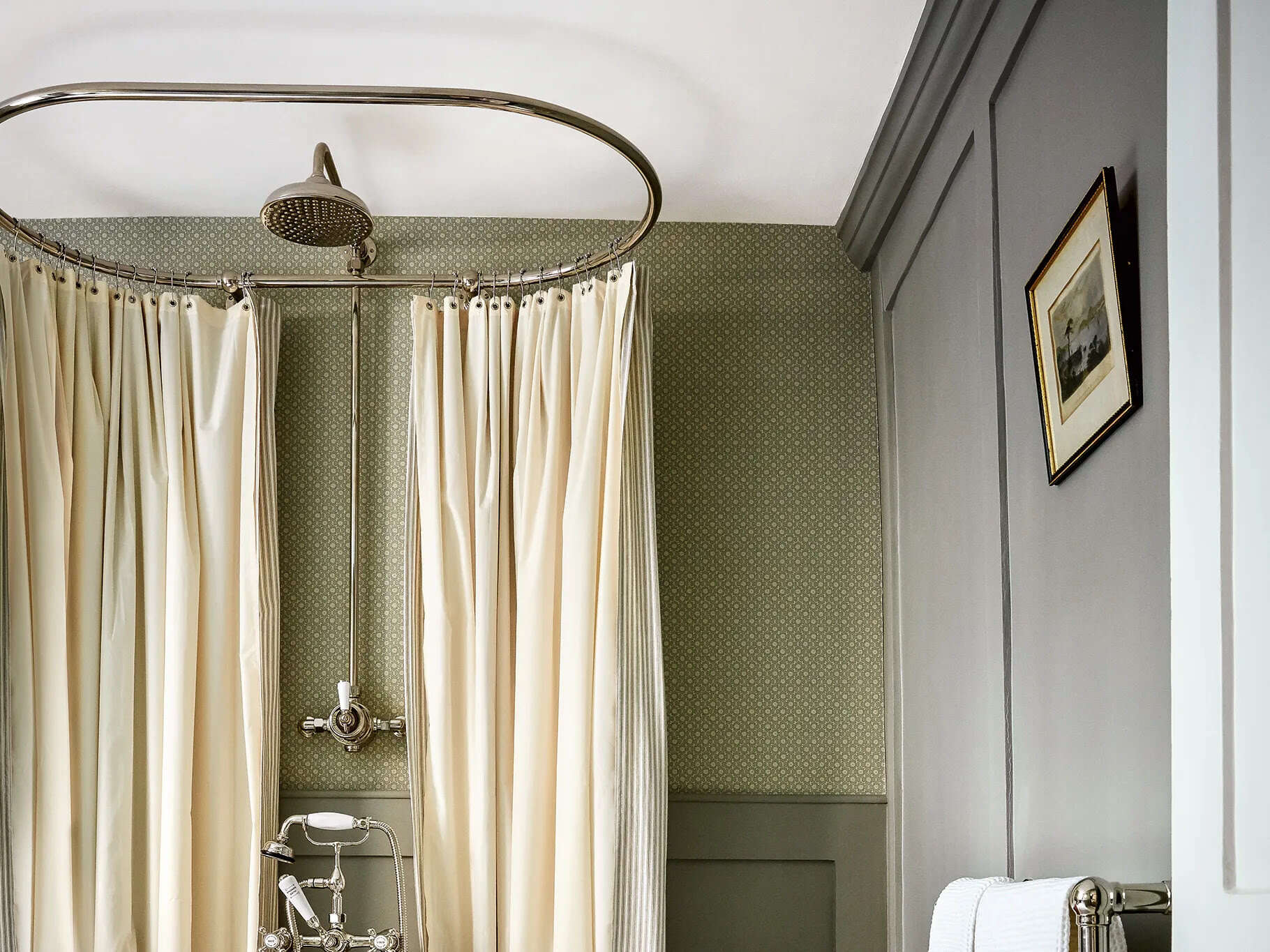
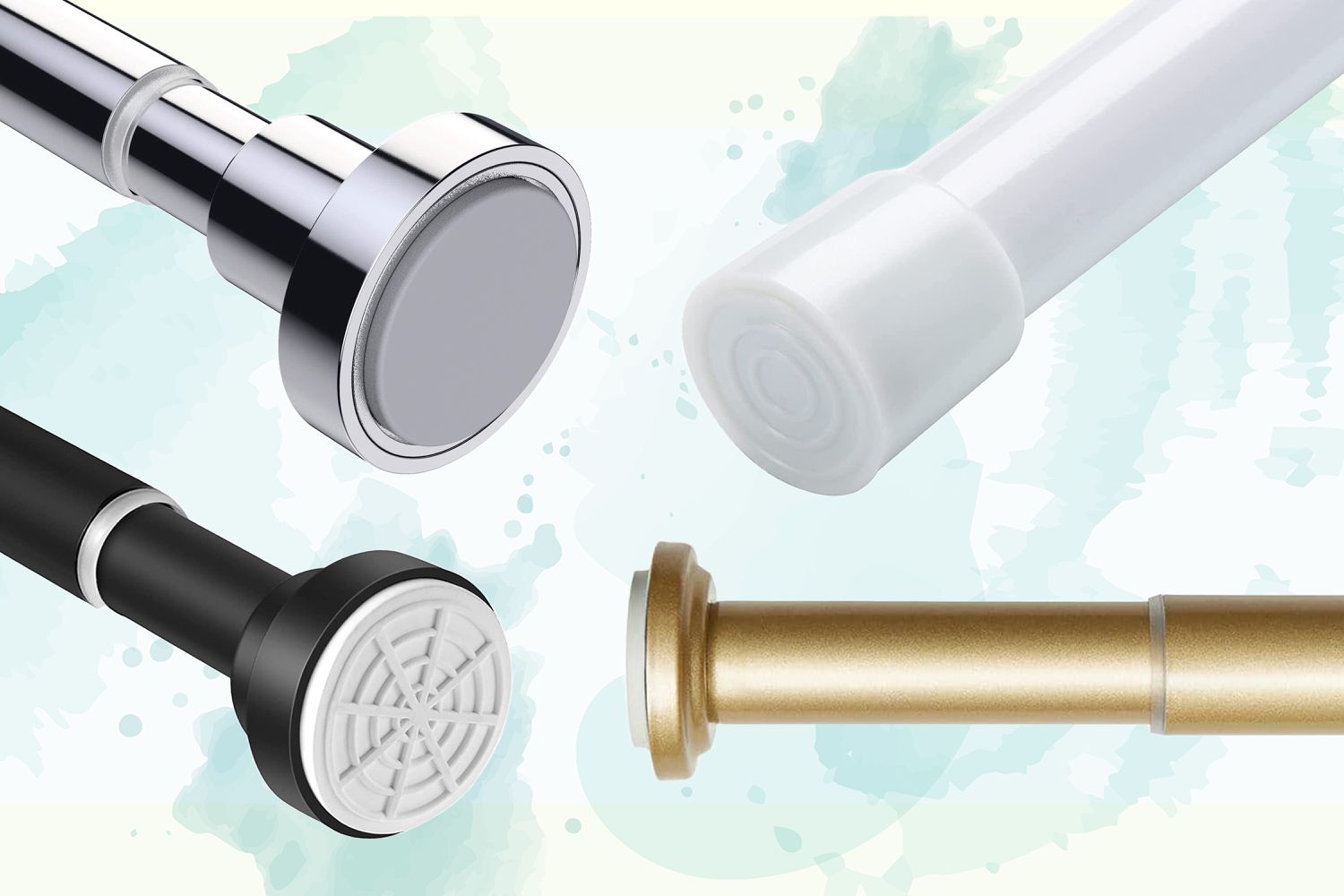
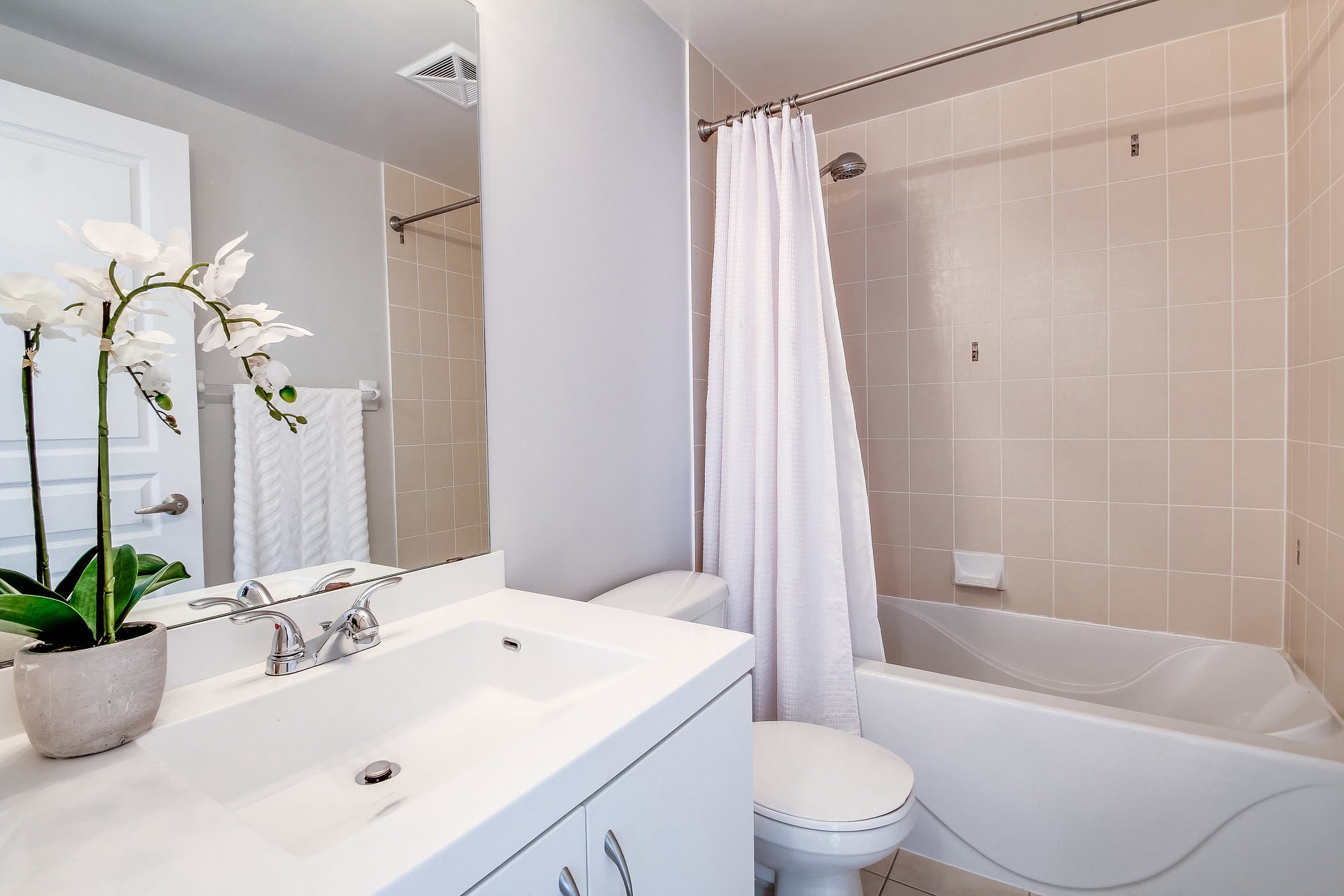
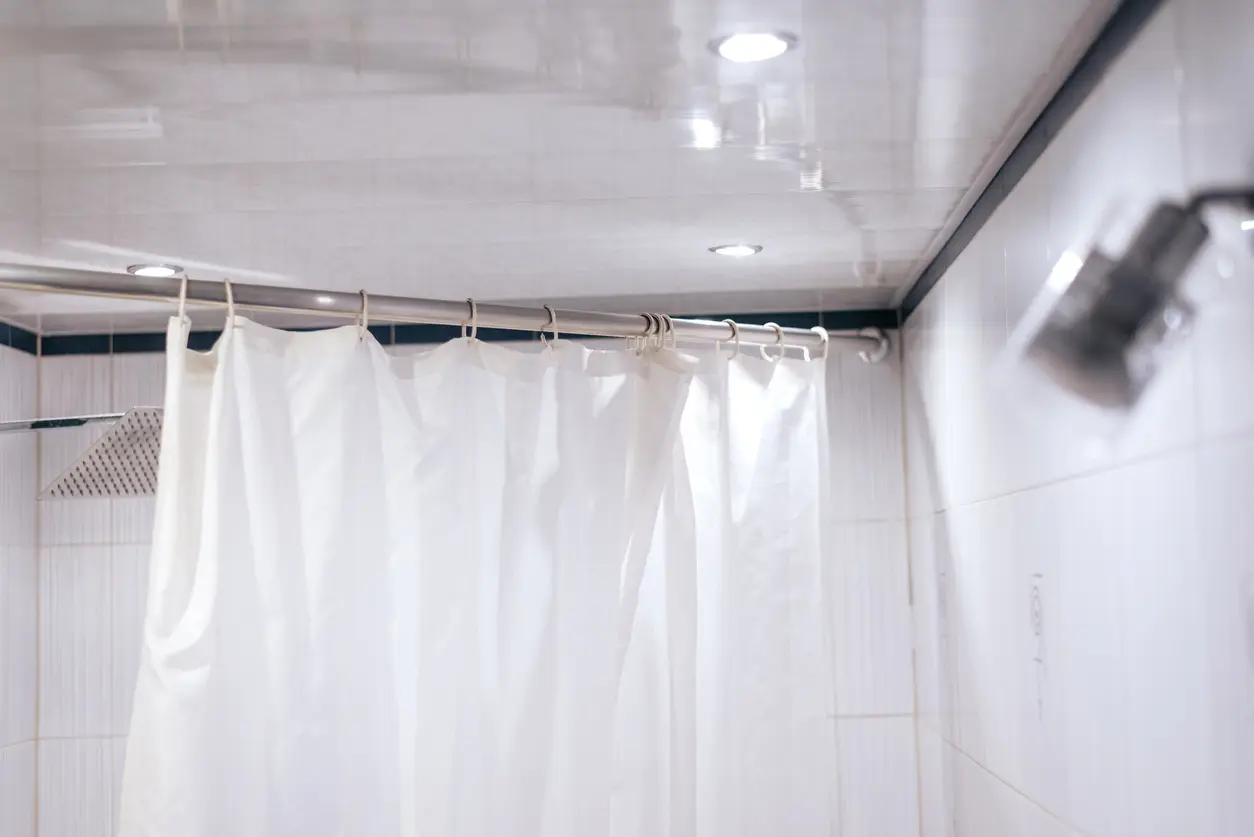


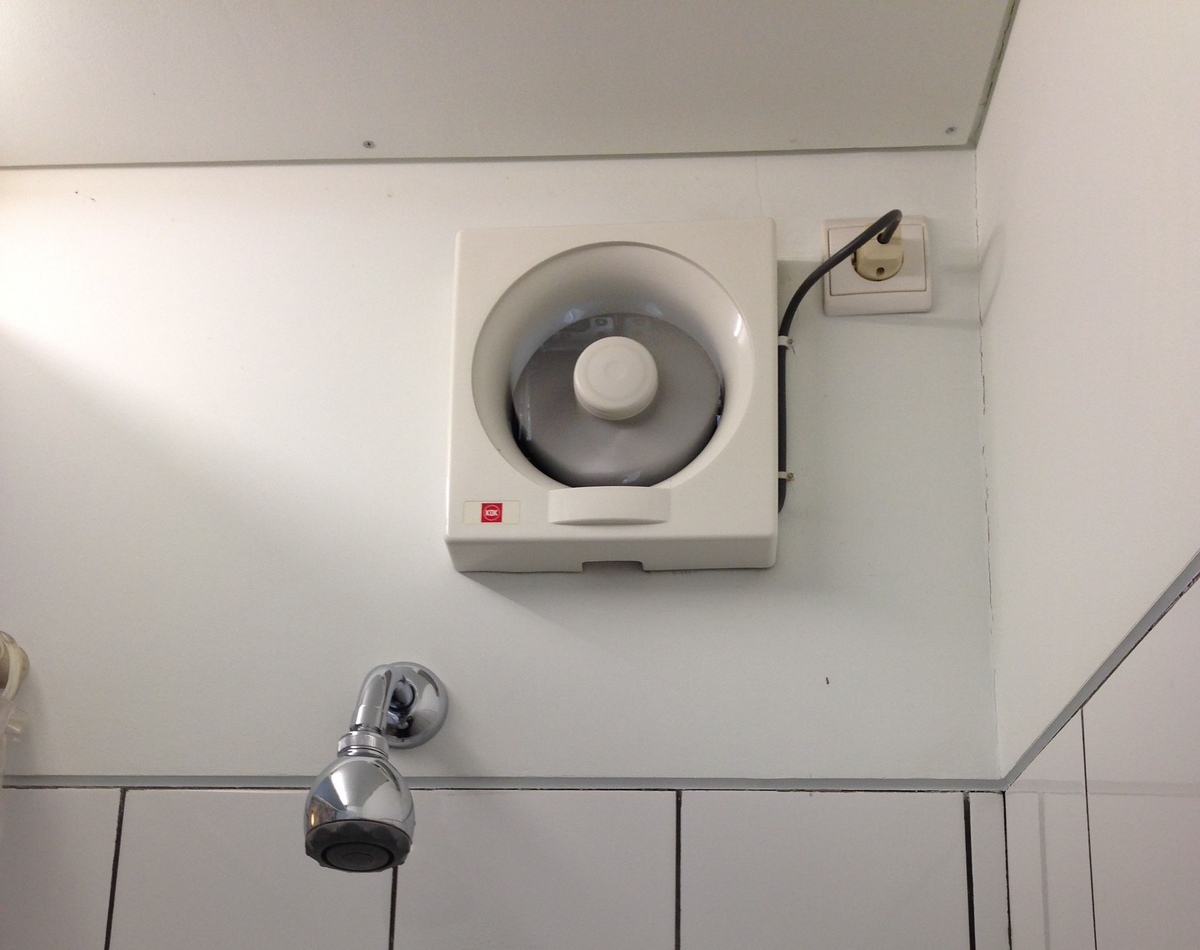
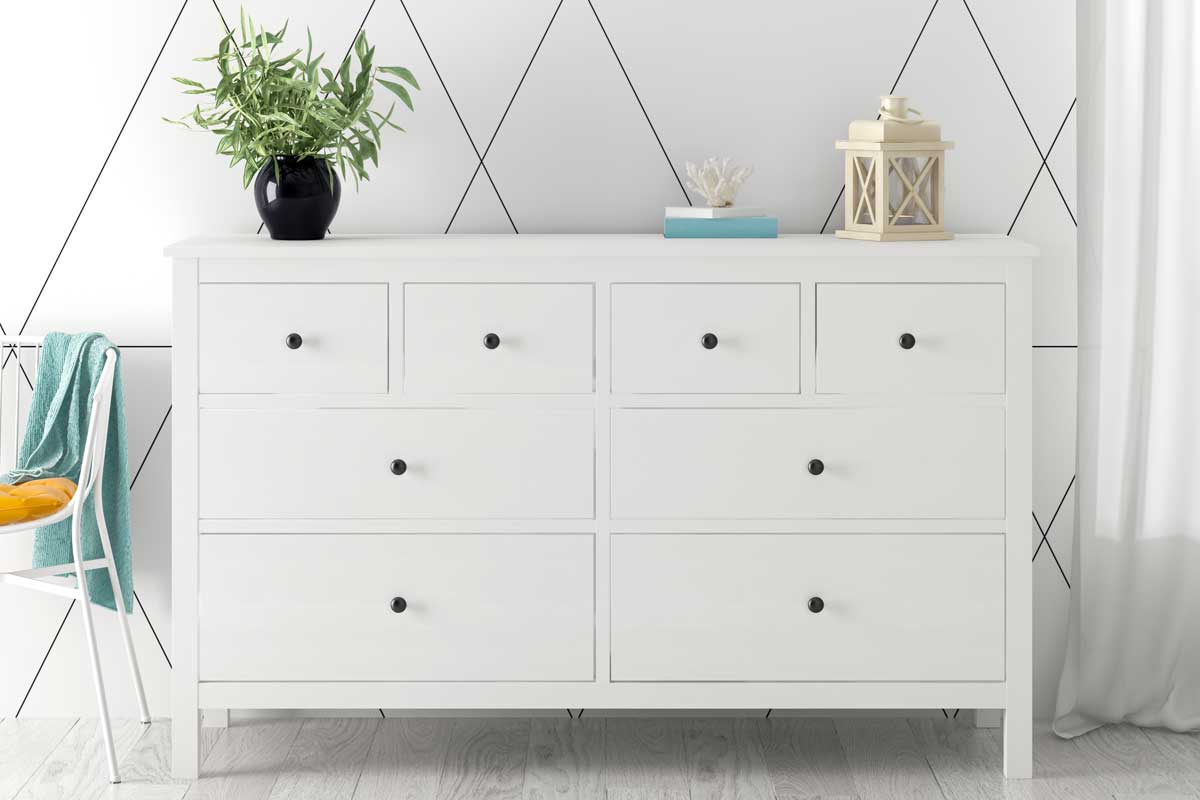
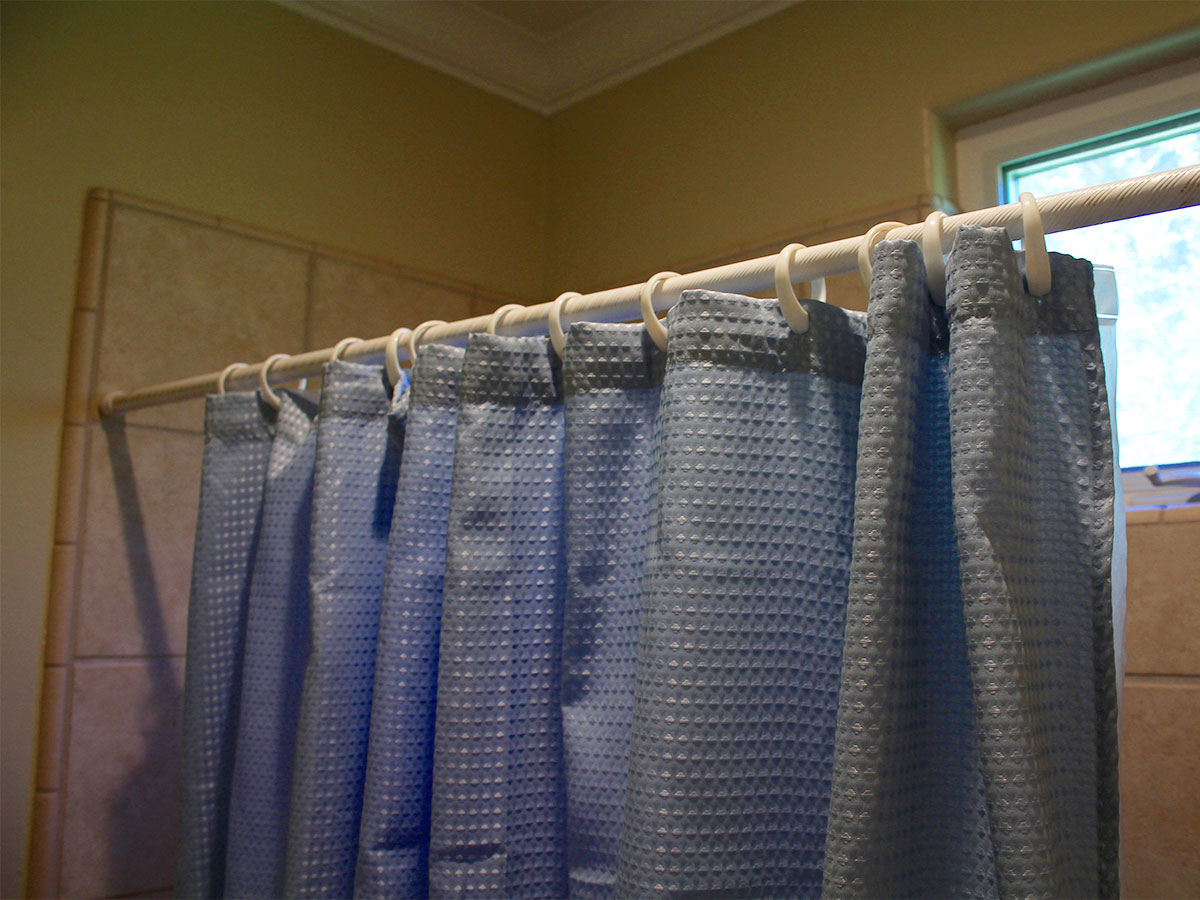

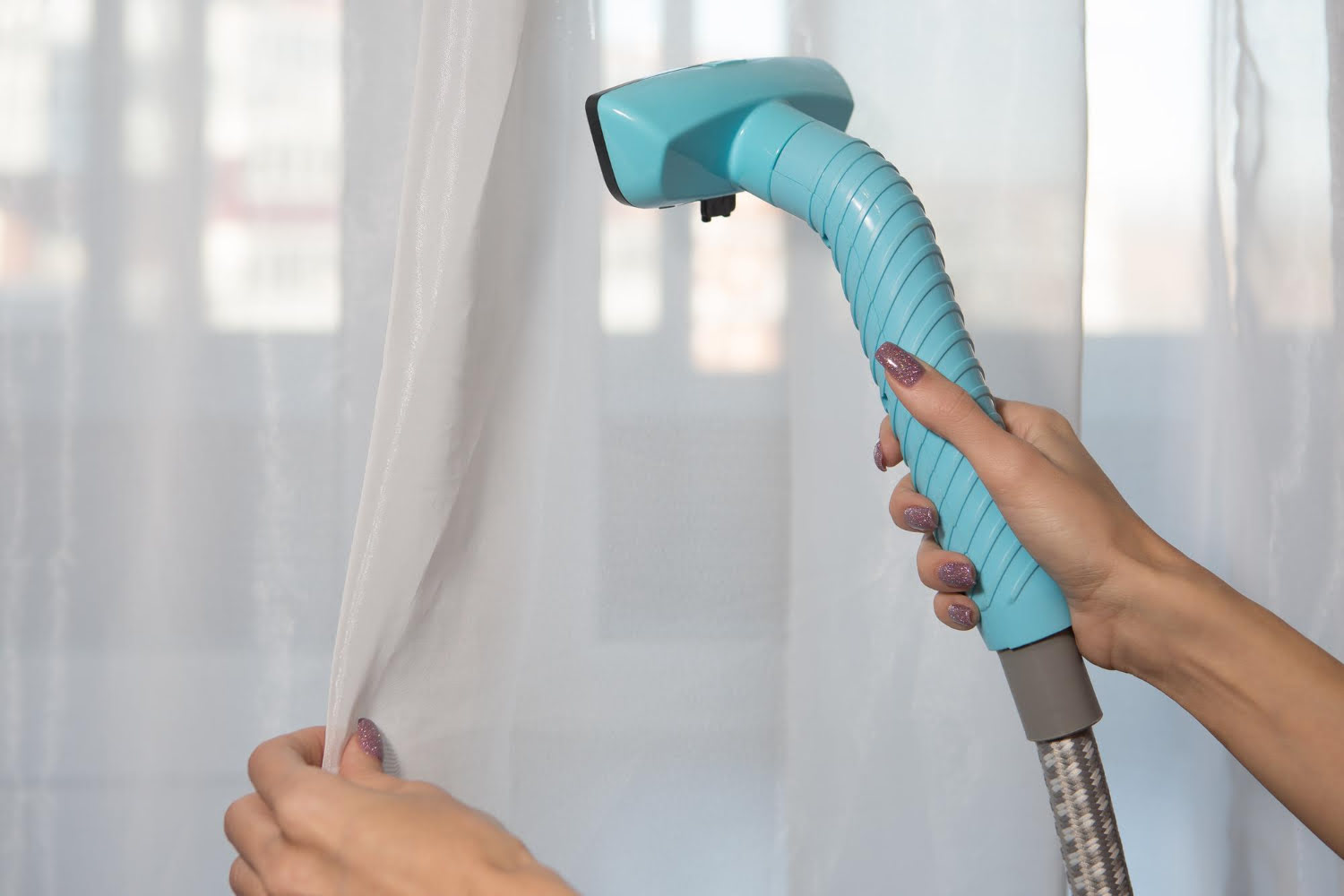


0 thoughts on “Do You Leave A Shower Curtain When Moving”